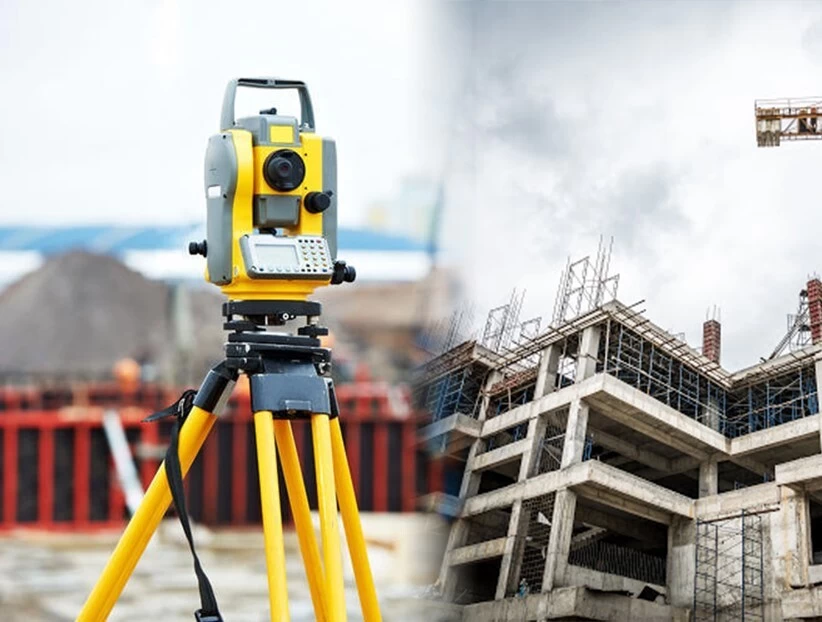
Structures in civil engineering refer to the designed and built systems that support or resist loads, such as buildings, bridges, towers, dams, and tunnels. Structural engineering involves analyzing and designing these structures to ensure they are strong, stable, and safe under various forces like weight, wind, and earthquakes. Materials commonly used include concrete, steel, and timber. The goal is to create durable structures that meet functional needs while adhering to safety standards and economic efficiency.
- Teacher: rydon sakwa

